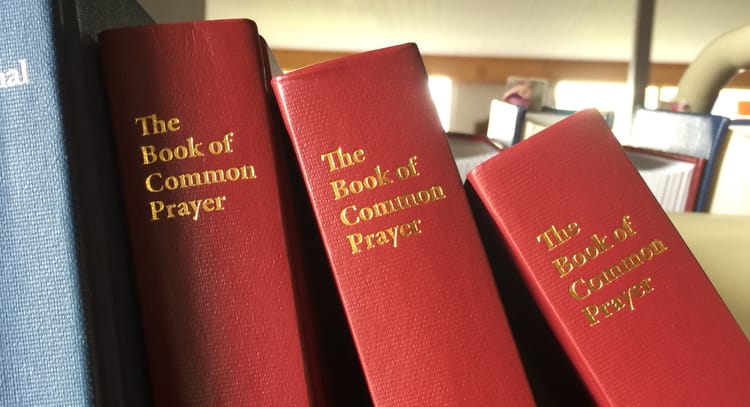The stone the builders rejected
The Internet has changed human society. Agreed? Very loosely quoting David Trobisch, there are three industries that are in the process of completely reinventing their outward forms in order to stay relevant: higher education, publishing, and the church. (Another way to say this is that these three institutions seem to be dying.)
I’m sure there are more symptoms of cultural shift than this. But like David, I work in these industries, and I can personally attest to the fact that their cultural foundations are shaking.
This weekend at an Episcopal Church gathering, I convened a conversation around these three questions:
“What are the old cultural assumptions, the assumptions atop which our current churches were structured?”

“What are the new cultural assumptions, the assumptions which we take for granted today?”

“What would church look like if it were designed around current assumptions?”

The images are a brainstorming of answers to these questions from one small group. (This would be an interesting exercise for any group of church re-thinkers or planters. If you do it, let me know so I can follow you!)This post is inspired by that conversation. And here’s the point: at its core, the church is structured around relationship. But that’s not how we do it anymore.Think about it: Jesus never invited anyone to come to church. He didn’t even invite them to come to the synagogue to hear him teach. He also didn’t invite them to a program. He invited them into relationship. “Come, follow me.”This invitation into relationship is at the core of who we are as His people. But so often, we forget this core fact of our lives. Our mainline church structures are not designed to reflect this foundation to our common life.
In the age of the internet, there are fifty million places anyone can go to get a more compelling message than the one I will deliver on a any Sunday morning. But as the distractibility of our culture continues to notch up, there are fewer and fewer places I can go to engage in transformative relationships.
What would happen if we structured church around the “follow me” of Jesus? What if we imagined a church whose center was in multiple small relationship groups rather than a large Sunday morning worship service… a church where the worship service was secondary and the health of the small groups was primary?





Member discussion